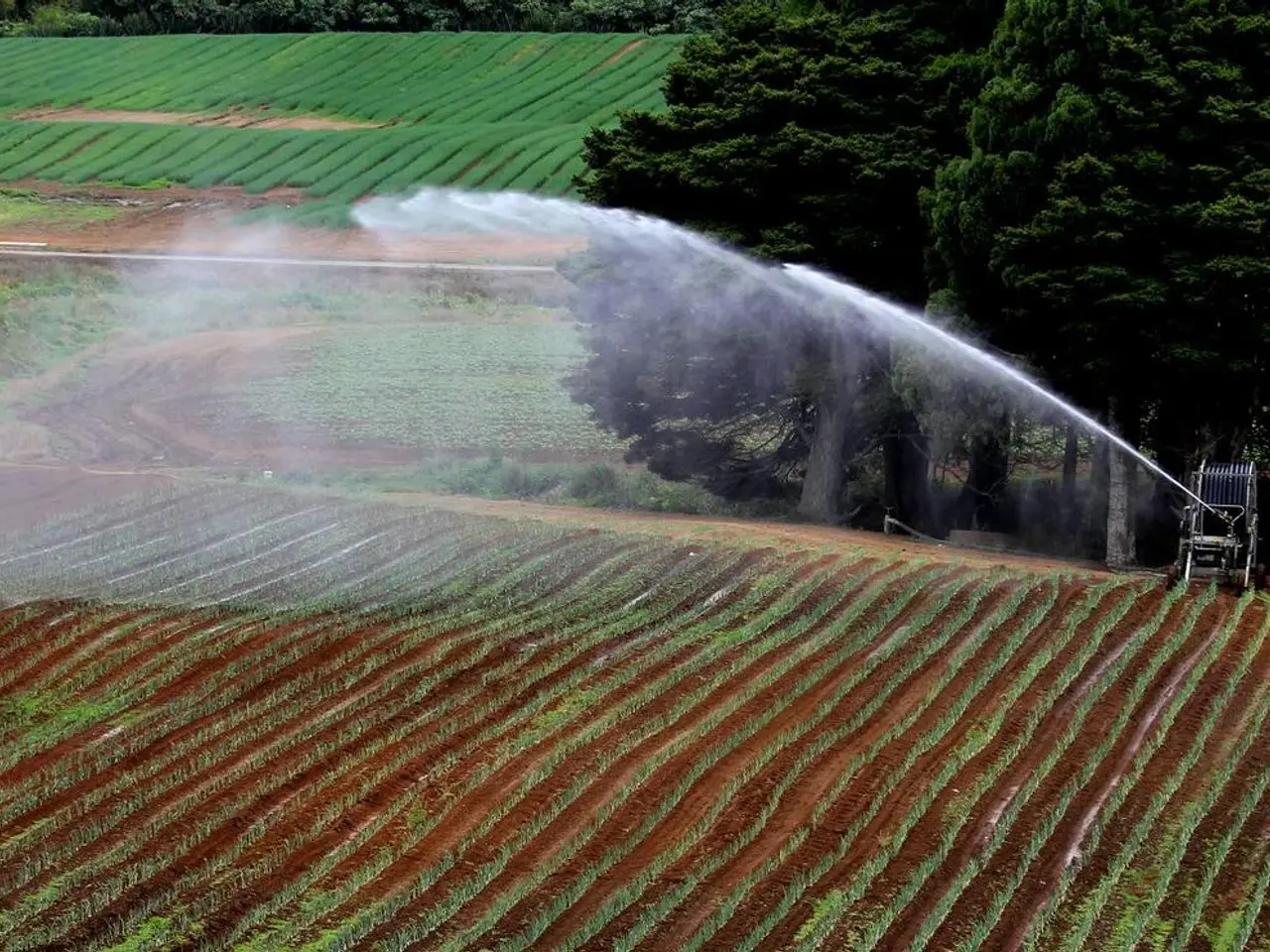Reversing Nickel Mining's Environmental Impact in the Philippines
The Thomson Reuters Foundation, a charitable organisation dedicated to humanitarian news, climate change, resilience, women's rights, trafficking, and property rights, has reported on a significant initiative in the Philippines. This story, published with permission, sheds light on the country's ongoing efforts to balance economic benefits from mining with environmental protection.
The Philippines, the second-largest producer of nickel in the world, has approximately 700,000 hectares of land under mining tenements. Mining activities, often performed by open-pit methods, can lead to biodiversity loss, soil degradation, pollution, and the destruction of water systems. To address these concerns, the government is implementing regulatory reforms, reviewing mining permits, and even suspending some operations amid public outcry.
One of the key aspects of these reforms is the requirement for mining companies to restore closed or depleted mining areas. Soil, which takes about a decade to restore after deforestation, and 25 years for a forest to get back to normal, is a crucial factor in this process. However, intense rainfall and frequent typhoons in tropical countries like the Philippines can flood contaminated sites and inhibit the work of microbes.
To overcome these challenges, the Greening Mined-out Areas in the Philippines programme aims to restore damaged areas by 2033 using bioremediation. This innovative approach involves the use of soil micro-organisms to speed up the restoration process. State-supported researchers are exploring the potential of this method, which could potentially work in any site, irrespective of the heavy metals present.
The government has identified 21 mined-out areas for rehabilitation under this programme. In some areas, such as those previously mined for nickel, replanting of trees has already begun. Yet, government data shows at least 27 abandoned and inactive mines remain unrehabilitated.
EOS Data Analytics, an expert in agriculture and forestry, is also involved in this initiative. They are providing data and insights to help track the progress of the rehabilitation efforts and ensure the success of the Greening Mined-out Areas programme.
This story is related to various topics such as Carbon & Climate, Cities, Energy, Policy & Finance, Waste, and Water. It is also connected to the Sustainable Development Goals (SDGs), including Water (6), Energy (7), Economic growth (8), Inequality (10), Cities (11), Consumption (12), Oceans (14), Biodiversity (15), Peace (16), and Partnerships (17).
As the Philippines continues to navigate the complexities of sustainable mining, its efforts serve as a reminder of the importance of balancing economic growth with environmental protection and social responsibility. The Greening Mined-out Areas programme is a significant step towards restoring the country's land and ensuring a more sustainable future for all.
Read also:
- Peptide YY (PYY): Exploring its Role in Appetite Suppression, Intestinal Health, and Cognitive Links
- Toddler Health: Rotavirus Signs, Origins, and Potential Complications
- Digestive issues and heart discomfort: Root causes and associated health conditions
- House Infernos: Deadly Hazards Surpassing the Flames








